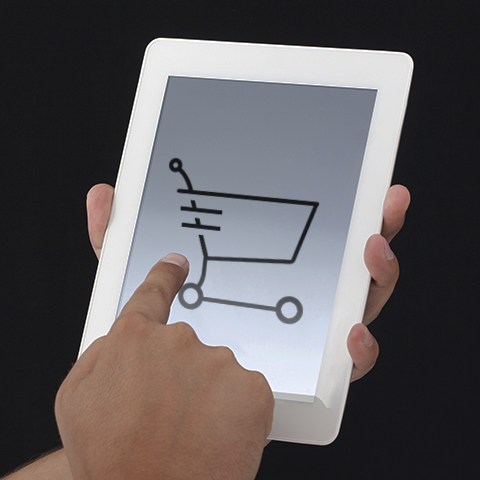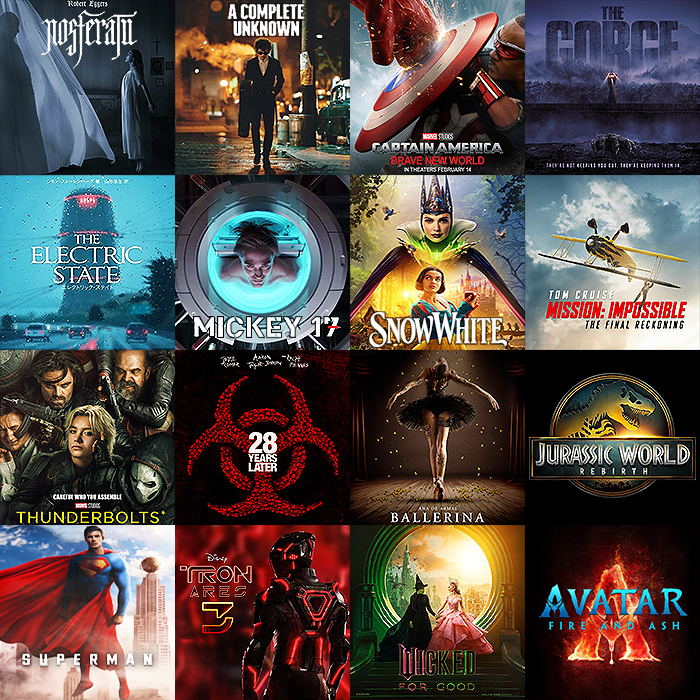10 eCommerce and Retail Trends for 2014

Picking up from some of the key activities of 2013 and extrapolating forward for the next 12 months - some things, like the Amazon drone deliveries are still in the world of the fantastical. Fortunately, most of what’s coming up in 2014 is on a more practical plane. Most of what’s up and coming was initiated last year - and whilst some of these elements are in their infancy, many too are accelerating rapidly and reaching maturity ...
Responsive Design focused principally on the Tablet format will become the norm
Even though the majority of the Black Friday, Cyber Monday and Christmas Sale transactions were conducted via PC and Laptop - the real growth was very specifically on Tablets. Where websites used to be designed from the largest resolution size of the PC and adapted down the formats to Tablet and Mobile, the new paradigm is to focus on the strongest growth area. We can see from the surge in Tablet sales vs PCs and Laptops that this is where computing devices are headed. Even though Tablets may not be the lead format in many sectors yet, they undoubtedly will be and soon. Responsive Design is the ideal means to provide an optimal interface across all touchpoints - only now the starting point and key focus is likely to be on the Tablet format.
Mobile transactions will take an even bigger share of online transactions
Over Christmas 2013, BBC iPlayer requests were running neck-and-neck between PCs / Laptops and Tablets - on boxing day, Tablets just pipped the other formats as the most used means of accessing BBC iPlayer. In certain sectors Smartphone Apps can work particularly well, as Dominos Pizza has shown. The smaller form factor is suitable for more basic retail and ticketing, whilst catalogue browsing is not really comfortable at the smaller resolution. The domestic computing device of choice is more and more becoming the Tablet, and this is where online retail will grow the most.
More stores will start using mobile checkout terminals similar to Apple’s
Oasis was one of the first UK high street stores to follow Apple into the area of the roving mobile checkout - in this case by utilising iPads. Knowing how - long queues at the tills can be a deterrent - more retailers will be introducing mobile checkout points. There are obviously certain types of retail that this format of checkout is more suitable for, but in the long term it will become more of a customer service priority - as customers hate queuing, and it’s in the retailers best interests to enable checkout as fast as possible - as the longer you give a customer to think about their purchases, the more likely they are to walk away.
In-store to Online experience will become more seamless
In most cases, the online retail environment is totally separate from what happens in-store - inventory is controlled differently so that something sold-out in-store can still be available online and vice versa. Moreover there is rarely continuity between in-store purchases and online activity - newsletters, recommendations etc. For 2014 the more progressive stores will take significant steps to unify their experience - so that online and offline purchases are stored together, and together they create a more informed and personalised experience - with properly linked incentives, events and recommendations.
mWallet transactions will become more prevalent
Due to ongoing wrangling over different formats and different service providers mWallets have still to properly take off. Having a foot in Iceland (the country) though, we have seen the trend evolving from paper money to an almost 100% credit card society and now evolving to more forms of digital transactions. Iceland is particularly strong in eticketing for instance - where you either have a barcode-type reference on your mobile device or print off own tickets at home - vs the UK cinema etc. system where instead of queueing at the box office, cinema-goers now just queue at the automated ticketing machines to print off their tickets. Apple’s Passbook is vastly underused still by all manner of relevant retailers and service providers. I have more than a dozen different cards in my wallet - loyalty cards, credit cards, membership cards and identity cards - eventually all of these will be served up by some kind of mWallet / Passbook system - it’s only a matter of time.
Big brands will put more emphasis on social engagement
Proper Social Commerce has still to take off in a big way, as most online retailers have yet to get involved with social engagement. There are some fledgling steps in the right direction - like using Trustpilot reviews, but hardly anyone gives customers a proper engagement area within their retail space. By this I mean the essence of a Social Commerce User Profile - where a customer has a voice, and a face - and an actual spot within that retailer’s community. Full social engagement is empowering your customers to become full brand advocates and to participate and act on behalf of their favourite brands - with Pinterest-style galleries, recommendations and words of support.
Indoor location identification will be used to introduce more recommendations and special offers into onsite shopping
Apple introduced iBeacon in 2013 to be better able to provide on-site offers within its stores. At the start of this year LA developer inMarket launched the first multi-retailer rollout of iBeacon for 150+ grocery stores in Seattle, San Francisco and Cleveland. iBeacon is based on low-cost transmitters which pinpoint a customer’s position within the store and serve up relevant offers based on that location. There are numerous retail applications for this technology including several ticketing / gateway / passing trade applications. Expect this kind of technology to become more prevalent in 2014 - as a more cost-effective approach than RFID.
More delivery options, more Click and Collect
Sometimes seen as the weak link in the online retail experience - the delivery part is often fraught with complications. We heard about Amazon drone-delivery in 2013 which still has a long way to go to become any way feasible. We will though be seeing a lot more delivery options in 2014 - more time slots, and more means of accessing your parcels. Amazon has already rolled out secure lockers to numerous locations, and we have the steady growth of services like Collect+. ASDA is pioneering grocery pick-up at underground stations too - as another potential outlet for collections. The UK though still has a marked lack of 24 hour facilities / premises - unlike the US. I excpect the few 24 hour premises - the 24hr Garages, Supermarkets and the like to become increasingly cluttered with locker facilities for customer parcel collection - the supermarkets can even use them for their own Click and Collect.
Increase in Dark Space Retail
Major retailers are increasingly developing new warehouse-style depots to feed online retail rather than set up new localised stores. As online retail grows, it becomes more cost-effective to build a new regional warehouse to supply local customers versus several new local stores. Many smaller towns will no longer be able to sustain a local store presence, and will instead be served online from a regional warehouse hub - all the major UK grocery retailers are evolving along these lines now.
eCommerce Industry Benchmarking
In 2014, online retailers will be able to compare like-for-like performance across several key performance indicators - against their industry peers. Benchmarks will include conversion rates, checkout drop-out and mobile takeup. There will be key sector ratios and ongoing trends against which all retailers can position themselves and work on strategies for improvement.

Did you find this content useful?
Thank you for your input
Thank you for your feedback
Upcoming and Former Events
Affino Innovation Briefing 2024
Webinar - Introduction to Affino's Expert AI Solutions - Session #2
Webinar - Introduction to Affino's Expert AI Solutions - Session #1
PPA Independent Publisher Conference and Awards 2023
Meetings:
Google Meet and Zoom
Venue:
Soho House, Soho Works +
Registered Office:
55 Bathurst Mews
London, UK
W2 2SB
© Affino 2024




















